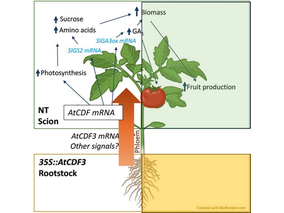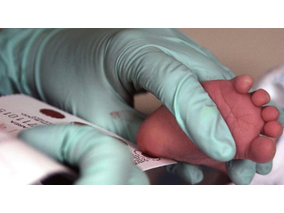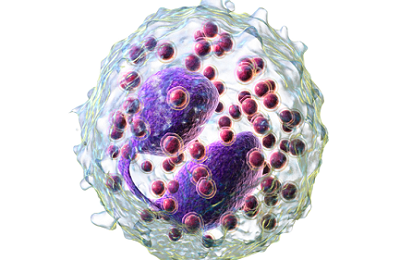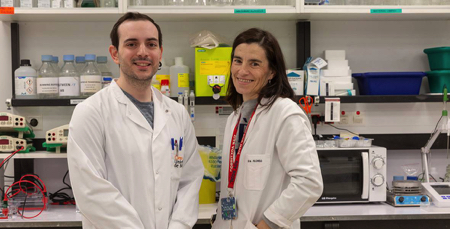Idiosyncratic drug-induced liver injury (DILI) constitutes a multi-layered challenge that spans the life of the drug from pre-clinical development to clinical trials and post-marketing.
Many of the factors that could be behind the mechanism of DILI has been recently compiled in a collaborative effort performed by the working group 3 of the PRO-EURO-DILI-NETWORK (https://proeurodilinet.eu) Cost Action and published (https://doi.org/10.1016/j.jhep.2021.06.021) in The Journal of Hepatology.
The Exosome Laboratory (CIC bioGUNE, CIBERehd), led by Juan Manuel Falcón, as one of the members of this working group has contributed to this initiative by highlighting the impact that Extracellular Vesicles secreted by hepatocytes could have in the development and progression of DILI.
Hepatocytes under damage conditions secrete an increased amount of extracellular vesicles loaded with active enzymes with important metabolic roles that are distributed by the blood stream altering normal metabolism and affecting the performance of other organs.
Investigations from our and other laboratories performed in the last 10 years are summarized in the current publication which provides a general view of the causes of DILI from different perspectives and introduce different models, strategies and clinical implications.

El equipo de investigadores observó cambios en el...

El gen AtCDF3 promueve una mayor producción de az...

Un estudio con datos de los últimos 35 años, ind...

En nuestro post hablamos sobre este interesante tipo de célula del si...

Investigadores del Cima Universidad de Navarra constatan que la combin...
Portal de biotecnología en España
¡Suscríbase a nuestro newsletter para estar al día con las últimas noticias y ofertas!
2013 © Biotech-Spain.com - Site Developments SL. Todos los derechos reservados. Terminos y Condiciones | Política de Privacidad
Articles
Directory
